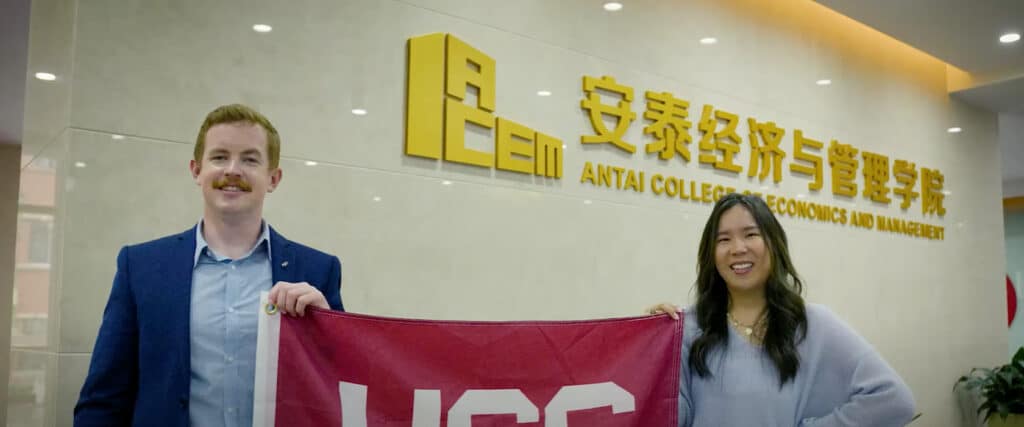Renowned for its excellence in management education, ESMT Berlin was recently ranked as the #1 school in Germany and 10th in the world by the Financial Times Masters in Management ranking.
But why is it so highly rated? Let’s look at some of its Master in Global Management’s stand-out features.
It successfully balances academic insights and theory with highly practical experiences. For example, all students complete a Social Impact Project with real organizations. While select students can join the Portfolio Management Program and manage a real portfolio of one million euros.
Miriam did her Social Impact Project with a Puerto Rico-based non-profit organization. “This is a very great part of their curriculum, and I believe it sets ESMT apart from other schools,” she tells us. (07:33)
“We work for a couple of months as pro bono consultants for an NGO of our choice,” she explains. “Towards the end, we even get a couple of weeks to actually travel there and work there on site.” (07:46)
Additionally, throughout the program, ESMT Berlin also offers soft skill workshops, such as building high-performance teams, SCRUM methodology, and storytelling.
“If you want to become a manager, it’s very essential to have these hard skills from different kinds of subject areas, such as finance, marketing, or operations. But you also have to have soft skills. So the program teaches you the necessary leadership skills, and also how to interact with people in general,” Miriam explains. (01:20)
Due to its intensive nature, the Master in Global Management is a learning journey that requires hard work and dedication from its students. However, the value that it provides in return is truly unparalleled.
“Be open to challenge yourself, because it’s also a very demanding program, but you won’t regret it in the end,” Miriam says. (11:42)
Overall, the program offers a powerful combination of internationality, soft skills, and valuable hands-on experience that gives students an insider’s perspective.








